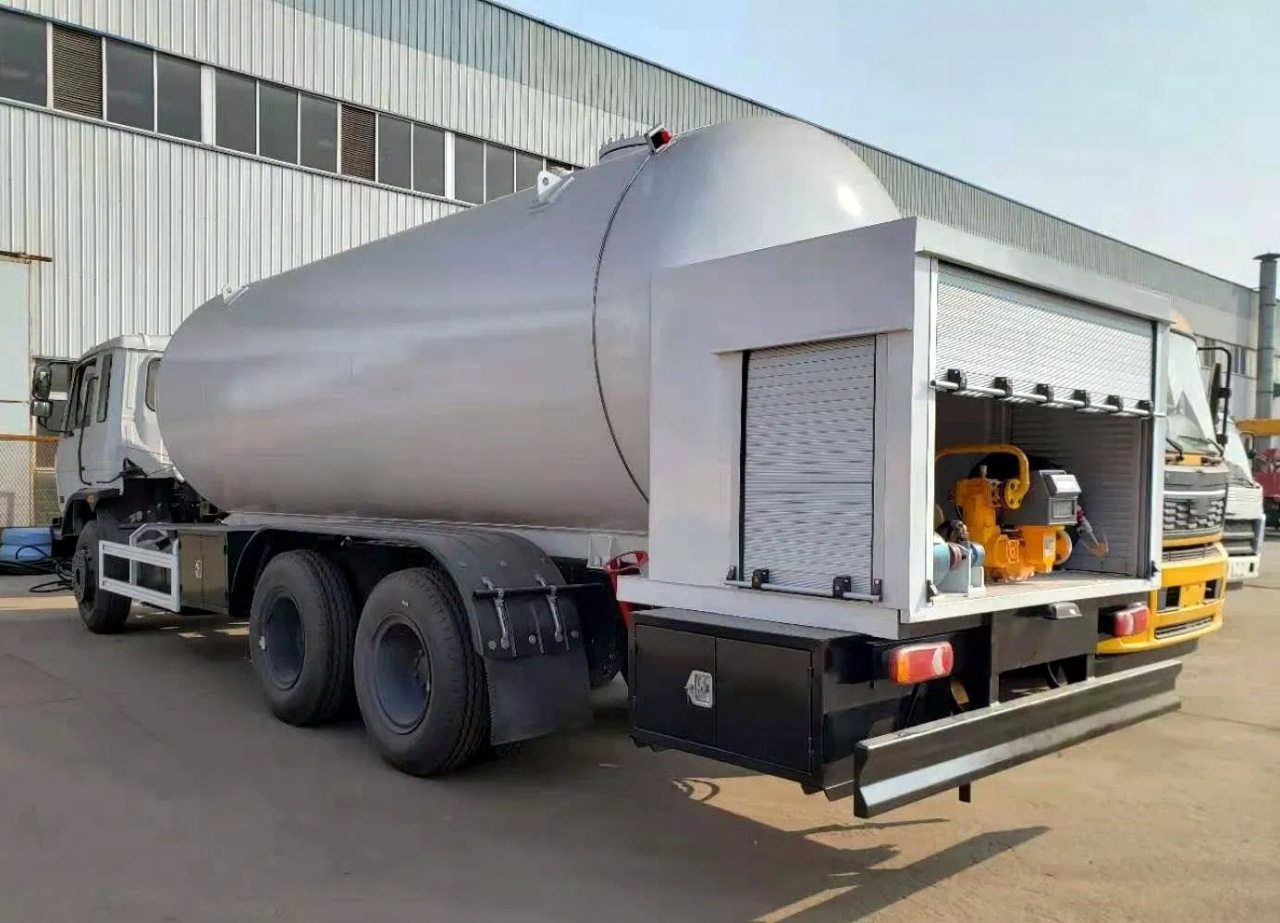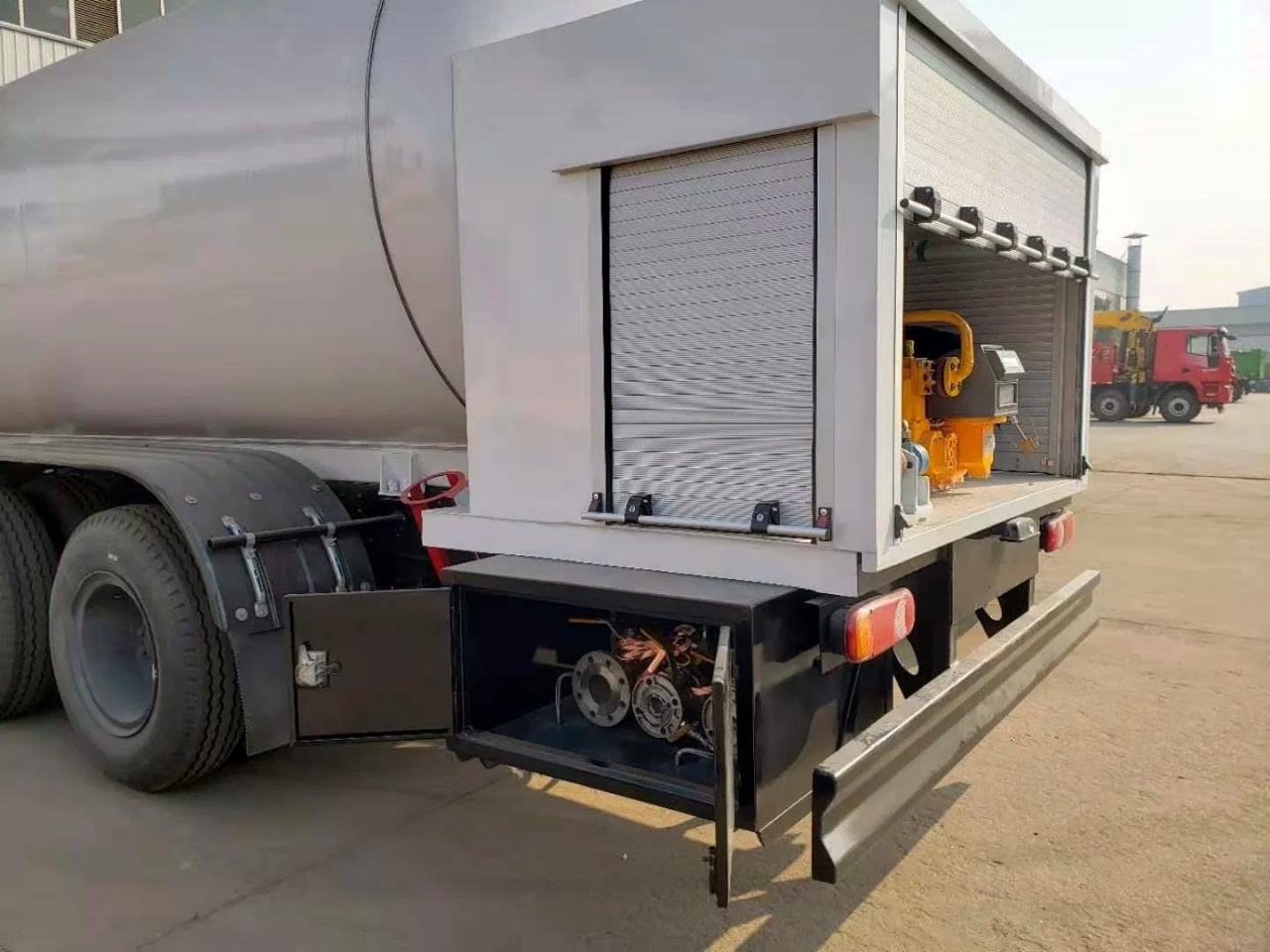When it comes to transporting and handling hazardous materials (HazMat), safety is the highest priority. In many situations, specific regulations and guidelines must be followed to prevent accidents, ensure worker safety, and protect the environment. Among the substances often considered in these regulations are gases and liquids, which are frequently transported in large quantities in tanks and cylinders. One common material that raises questions regarding its classification is propane, a fuel widely used for heating, cooking, and even as a vehicle fuel.
But is a propane tank classified as a HazMat? The answer is nuanced, depending on several factors, including the size of the tank, how it’s transported, and the regulatory definitions at play. To address this question fully, it’s necessary to explore the chemical properties of propane, how it’s regulated, and the safety considerations involved in handling and transporting it.
What Is Propane?
Propane (C3H8) is a hydrocarbon gas that is commonly stored as a liquid under pressure in tanks or cylinders. It is colorless, odorless in its natural state, and highly flammable. It is used in various applications, from heating homes and fueling appliances to powering engines in certain vehicles. Propane is typically transported in large tanks, but it’s also available in smaller cylinders, such as those used for grilling or in recreational vehicles.
Because propane is highly flammable, it can pose serious risks in the event of a leak, fire, or explosion. These risks are a primary reason why propane is subject to regulatory oversight, though whether it is officially classified as a HazMat depends on how it is being stored and transported.

Propane and HazMat Classification
In the context of HazMat regulations, propane falls under a specific set of guidelines outlined by the Department of Transportation (DOT) in the United States and similar agencies in other countries. These guidelines classify hazardous materials based on their properties, such as flammability, toxicity, corrosiveness, and reactivity.
In the U.S., the DOT defines hazardous materials as any substances that can pose a risk to health, safety, property, or the environment. These materials are then categorized into different classes:
- Class 1: Explosives
- Class 2: Gases (including flammable, non-flammable, and toxic gases)
- Class 3: Flammable Liquids
- Class 4: Flammable Solids
- Class 5: Oxidizing Substances and Organic Peroxides
- Class 6: Toxic and Infectious Substances
- Class 7: Radioactive Materials
- Class 8: Corrosive Substances
- Class 9: Miscellaneous Hazardous Materials
Propane is classified as a Class 2.1 flammable gas under these regulations because it is a highly flammable gas that can easily ignite under certain conditions. However, it is important to note that propane itself is not toxic or corrosive, which is why it doesn’t fall under more dangerous categories like Class 6 or Class 8.
Despite this classification, propane is still subject to stringent rules when it comes to its storage, transport, and handling. Therefore, while it is a HazMat, it falls under the specific criteria for gases rather than being classified as a more dangerous material like explosives or toxic chemicals.
Transportation of Propane Tanks
The transportation of propane is regulated by the Pipeline and Hazardous Materials Safety Administration (PHMSA) within the U.S. DOT. According to these regulations, any vehicle transporting propane must comply with a range of safety measures, such as:
- Proper Labeling and Placarding: Propane tanks and vehicles must be marked with the appropriate HazMat placards, typically showing the Class 2.1 flammable gas symbol. This ensures that first responders and other individuals are aware of the potential risks.
- Tank Specifications: The tanks used to store and transport propane must meet rigorous construction standards, ensuring that they can withstand the pressure of liquefied gas. These tanks are typically made of steel or aluminum and are designed to prevent leaks and withstand extreme conditions.
- Leak Prevention: Regulations mandate that all propane containers must be checked for leaks and damage before they are loaded onto transport vehicles. Leaks pose a major risk, as even small amounts of propane in the air can create explosive conditions.
- Quantity and Size Limitations: Depending on the size of the propane tank and the quantity of gas being transported, special considerations may be required. For example, large transport vehicles carrying significant quantities of propane may be subject to additional safety checks, driver training, and licensing.
In terms of everyday use, small propane cylinders (like those for portable grills or camping stoves) may not be considered HazMat during transport by personal vehicles. However, when larger quantities are involved, such as in the case of a commercial truck transporting propane, the HazMat classification becomes relevant.

Safety Considerations and HazMat Training
Given the flammability of propane, special precautions are necessary during its transportation and storage. Employees who handle propane tanks—whether during loading, unloading, or transport—must be trained in HazMat handling procedures. Training covers areas such as:
- Safe Handling: Ensuring that tanks are stored upright, properly secured, and protected from heat sources.
- Emergency Response: Knowing how to react in the event of a leak or fire, including how to use firefighting equipment and how to evacuate affected areas.
- Preventing Overfills: Propane tanks must never be overfilled to prevent the release of gas under pressure, which could lead to an explosion.
Environmental Impact and Risk Mitigation
The environmental risk associated with propane primarily arises from potential leaks, which can lead to air pollution or, in extreme cases, fires and explosions. Transporting large amounts of propane near residential areas or through densely populated regions is subject to additional scrutiny. Local zoning laws and transport routes are often determined based on safety concerns related to the flammability of the gas.
Propane is generally considered a cleaner-burning fossil fuel compared to others like coal or gasoline, producing fewer greenhouse gases and pollutants when burned. However, its flammability requires careful attention to safety during storage and transportation to prevent accidents that could have broader environmental consequences.

Conclusion
So, is a propane tank HazMat? The answer is yes—propane is classified as a hazardous material under federal regulations due to its flammability. However, it is not as dangerous as some other HazMat substances, like explosives or toxic chemicals. The transportation and handling of propane are regulated to ensure safety, with strict guidelines for labeling, tank specifications, and employee training.
Ultimately, whether you’re handling small propane cylinders for a barbecue or managing large tank trucks, safety must always come first. While propane itself isn’t as hazardous as some materials, it still requires careful management to prevent accidents and minimize risk.

